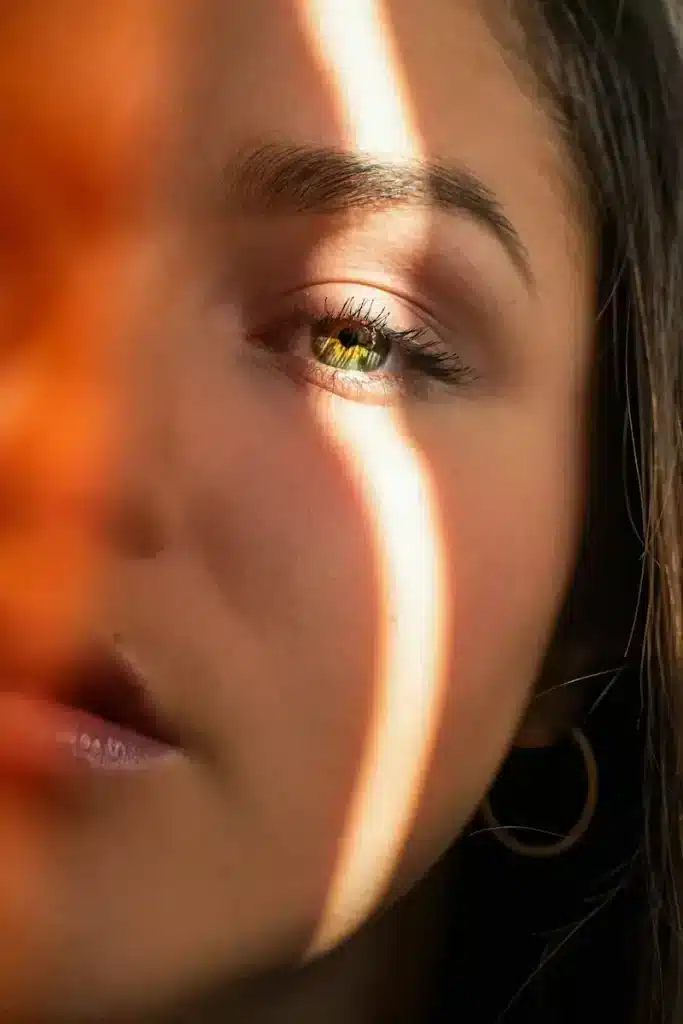Understanding Your Skin: A Simple Guide to the Integumentary System
The integumentary system might sound like a complex term, but it’s just a fancy way of talking about your skin and its associated structures. Think of it as the body’s outer shell, protecting everything inside. How it works, and why it’s so important.
What is the Integumentary System?
The integumentary system consists of skin, hair, nails, and various glands. Together, they form a protective barrier that shields the body from harmful elements like germs, chemicals, and UV radiation.
The Skin: Your Body’s Shield
Your skin is the largest organ in your body, and it’s more than just a covering. It has three main layers:
- Epidermis: the outermost layer of your skin. It’s like a tough shield of tightly packed cells that constantly shed and renew themselves. The epidermis also contains melanocytes, which produce melanin, the pigment that gives your skin its color and helps protect it from the sun.
- Dermis: Beneath the epidermis lies the dermis, which is thicker and contains blood vessels, nerves, sweat glands, and hair follicles. It’s like a support system for your skin, providing nutrients and regulating temperature.
- Subcutaneous Tissue is the deepest layer of skin, made up of fat and connective tissue. It acts as insulation, padding, and energy storage for the body.
Hair and Nails: More Than Looks
Hair and nails might seem like accessories, but they play essential roles in the integumentary system:
- Hair: Each hair follicle connects to a tiny muscle and oil gland. When you’re cold or scared, these muscles contract, causing your hair to stand up (goosebumps) and trap heat close to your body.
- Nails: Nails protect the tips of your fingers and toes from injury. Keratin is the same protein that makes up your hair, and the outer layer of your skin makes your nails.
Glands: Keeping Things Balanced
Glands that produce sweat and oil dot your skin with:
- Sweat Glands: Sweat helps regulate your body temperature by cooling you down when you’re hot. It also contains salt and other waste products your body wants to eliminate.
- Oil Glands: Produce sebum, an oily substance that moisturizes and protects your skin from drying out. Too much sebum, however, can lead to oily skin and acne.
Why is the Integumentary System Important?
The integumentary system serves several vital functions:
- Protection: Your skin is a barrier against pathogens, toxins, and physical damage.
- Temperature Regulation: Sweat helps cool you down when you’re hot, while blood vessels in the skin can constrict to conserve heat when you’re cold.
- Sensation: Nerve endings in your skin allow you to feel sensations like touch, pressure, temperature, and pain.
- Excretion: Sweat glands help eliminate waste products from your body.
- Immune Defense: Specialized cells in your skin help detect and fight off infections.
Taking Care of Your Integumentary System
Maintaining a healthy integumentary system is essential for overall well-being. Here are some simple tips:
- Keep it Clean: Wash your skin regularly with mild soap and water to remove dirt, sweat, and bacteria.
- Protect from the Sun: Use sunscreen with SPF to shield your skin from harmful UV rays, which can cause sunburn, premature aging, and skin cancer.
- Stay Hydrated
- Eat a Balanced Diet: Nutrients like vitamins A, C, and E are essential for healthy skin. Include plenty of fruits, vegetables, and lean proteins in your diet.
- Moisturize: Use moisturizers to hydrate your skin, especially in dry or cold weather.
- Avoid Harsh Chemicals: Avoid skincare products that contain harsh chemicals, which can irritate or damage your skin.
Conclusion
The integumentary system might seem complex, but it’s all about keeping your body protected, comfortable, and healthy. By understanding its essential functions and taking good care of your skin, hair, and nails, you can ensure that your body’s outer shell remains strong and resilient for years. So, give your skin the love and care it deserves, and it will thank you with healthy, glowing skin.



